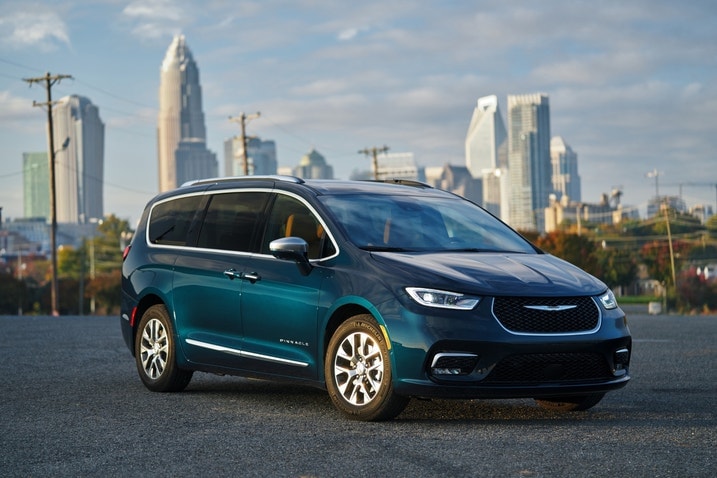The electric minivan market in the United States is relatively small compared to the overall market for electric vehicles (EVs). As of this writing, the 2025 Volkswagen ID. Buzz is the only fully electric minivan available in the U.S.
The convenient, spacious minivan was once the primo choice for many families, partly due to ample cargo room and options for seating more than five people. However, the rise of SUVs and the number of choices they provide pushed minivans down on the vehicle charts. When you add in the high production cost of electric vehicles, you have a formula that limits how many EV minivans are on the market.
However, there are some hybrid models that allow drivers to make more eco-friendly choices. This guide also includes hybrids to provide a better look at your options for electric and semi-electric minivans in the United States.





 by
by  edited by
edited by